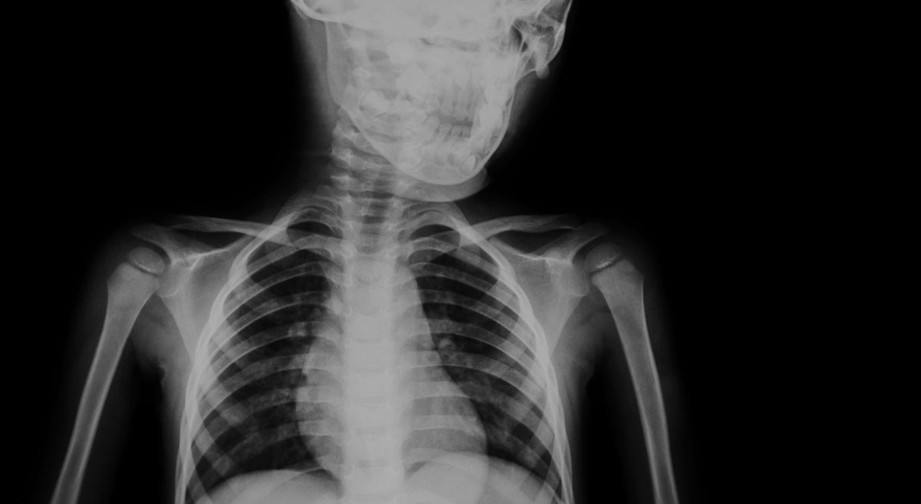
Some medical imaging procedures involve the use of ionising radiation:
- X-Rays
- CT Scans
- Nuclear Medicine Scans
- PET Scans
MRI and Ultrasound do not involve ionising radiation.
Ionising radiation may cause damage to the body’s cells. To ensure any radiation dose and the potential risk it may represent remains very small, your referring doctor assesses your need for the examination and the diagnostic benefits against the potential risk before referring you.
The Queensland X-Ray technical staff and radiologists who perform and report your examination carry out a similar assessment before commencing your examination.
As a guiding principle for your doctor and your radiology team, ordering an examination is appropriate if the results are likely to be useful in treating a patient and if the risk of the examination is less than the risk of missing a treatable disorder.
A four hour flight would expose passengers to about the same radiation dose they would receive from a chest x-ray.
Naturally occurring background radiation
While patients may receive a radiation dose from a medical imaging procedure, many people are unaware that radiation is actually found all around us all the time – in the soil, the air, plants, buildings etc. This is called background radiation.
A Sievert (Sv) is the unit which measures the effective dose in terms of overall risk due to the radiation. Our exposure from background radiation in Australia is about 2 milliSieverts (mSv) a year. Background radiation dose varies worldwide but generally ranges from 1 – 10 mSv, and can be as much as 20 mSv. The average is 2.4 mSv.
While dose from medical imaging varies too, it still represents only a very small fraction of our lifetime exposure to background radiation.
Should you have any questions or concerns about the procedure you have been referred for, we recommend you first speak with your referring doctor.
If you have any questions about radiation dose in general, please contact Queensland X-Ray’s Radiation Safety Officer on 07 3422 8800.
Extra consideration for children and pregnant women
Extra consideration is made for imaging of women of reproductive age and children. Medical imaging for these groups may still be needed and may indeed be very important, but extra care must be taken to optimise the study and ensure the benefit outweighs any potential risks.
If you know you are or think you may be pregnant, you must advise your referring doctor and the person performing the x-ray examination, who can discuss the risks and benefits associated with the particular procedure.
